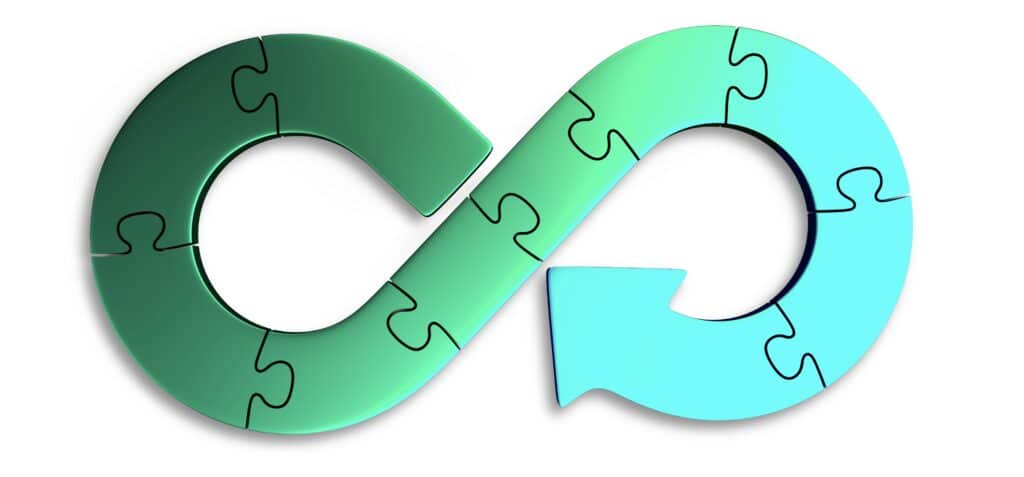The circular economy
THE CIRCULAR ECONOMY
About the circular economy
The circular economy is a principle of economic activity wherein the goal is for resources to remain in the economy for as long as possible (source: Wikipedia).

People around the globe are currently facing challenges related to climate and the environment. Temperatures are rising and this global warming is, according to the UN Climate Panel, caused by man-made greenhouse gas emissions. The environment is threatened by climate change, but also by human consumption — our “use-and-throw-away” economy — or what is often referred to as the linear economy.
Our consumption of natural resources is occurring at a much faster rate than nature is able to produce them, and more waste is being produced than the ecosystem can withstand. Half of all greenhouse gas emissions today are caused by the extraction of natural resources, and only 20 percent of waste streams have satisfactory recycling solutions.
To address this, while also helping to meet our climate commitments, we need to transition to a circular economy. The transition to a circular economy is therefore central to the EU's “Green Deal,” with the goal of making Europe a climate-neutral continent by 2050.
Here is a simple explanation of what a circular economy is:
It entails, among other things, that we need to make better use of our resources by finding circular solutions to recover our current waste and side streams from industry, agriculture, business, and households.
Currently, profitability is the tallest barrier to the sustainable recovery of resources. The price of virgin raw materials is often lower than that of secondary raw materials. This is a contributing factor in the low recovery rate for many resources. Another challenge is varying quality and access to stable volumes of waste and side streams.
The Norwegian Centre of Circular Economy plays a key role in Norway's efforts to become a leading country in the development of a green, circular economy that can better utilise its resources.
The centre's administration facilitates activities and projects that contribute to increased value creation and growth for its businesses, long-term competitiveness, and the achievement of key climate and environmental goals. Alongside the centre's members, the NCCE works to:
- develop new circular business models
- develop new value chains and markets for waste and side streams
- develop new technologies to boost the circular economy and the recovery of materials
- influence operating conditions to open new markets for products based on waste and side streams
Norway’s strategy for developing a green, circular economy
In 2021, the government put forward a national strategy for developing a circular economy. The strategy shows the potential for value creation in a more circular Norwegian business community. Read more.
